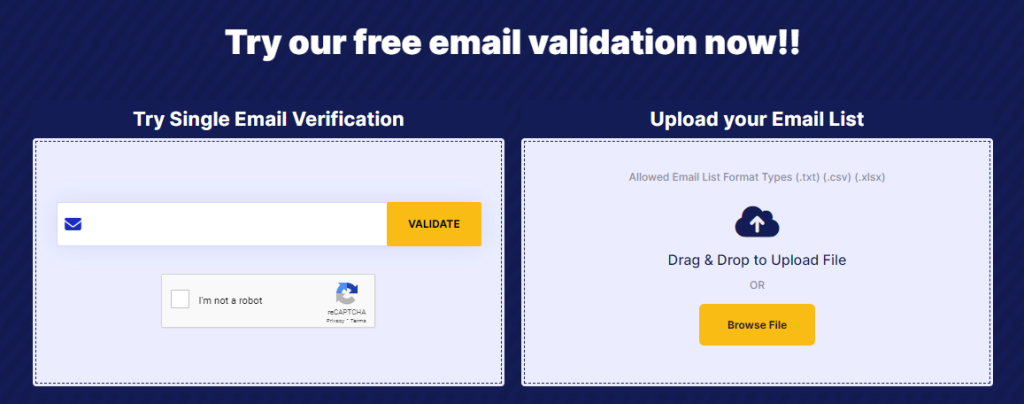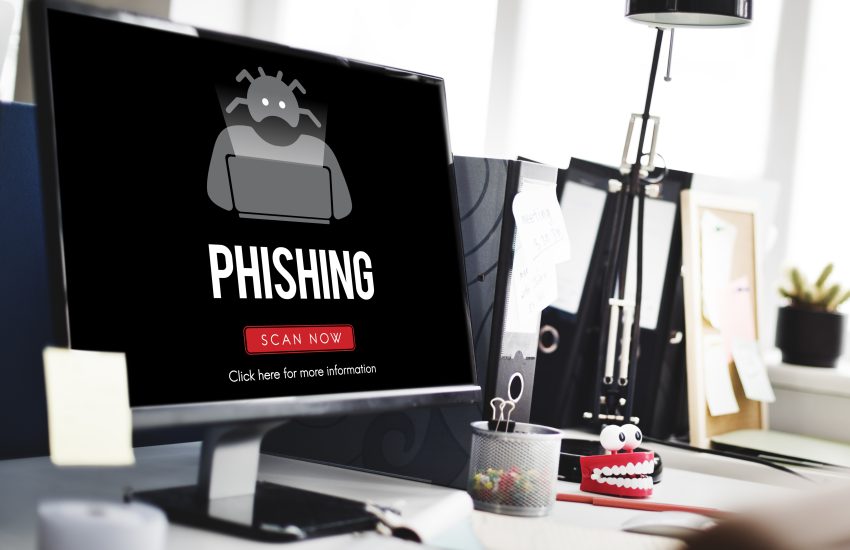Introduction
Spam emails are undesired and unasked-for messages sent in large quantities. They can be annoying and pose significant risks, as they often carry harmful links or other security threats. An estimated 94% of malware spreads via spam. Among other risks are spyware, phishing and ransomware.
So, users should identify and forward spam emails. If it’s not clear, look out for these clues.
Evaluate the sender’s address.
Usually, spam originates from nonsensical or illogical email addresses such as [email protected], etc. You can see the full email address by placing your cursor over the sender’s name, which could also appear strange. If you’re doubtful about an email addresses authenticity, use a search engine to verify it.
The kind of information asked for matters to stop spam emails
Real businesses do not suddenly ask you for personal details via inauspicious emails. Whether it’s banking data, credit card info or social security number. Generally, keep away from unexpected emails asking you to ‘verify your account’ or ‘update your info.’
Perform actions on your end on the genuine website– type in the website link yourself in your browser or find it through a search engine– staying clear of all links within those suspicious emails.
Try to grasp if there’s unnecessary haste in the message.
Predatory spammers bank on hurriedness by crafting urgent calls to action, such as the subject line could bear phrases like “immediate action required” – in an attempt to you.
Observe if the email uses your actual name.
Certain spam techniques are convoluted, yet something to note is being addressed vaguely, for instance, “Dear esteemed customer”. Legit businesses with your subscription will know and actually use your name in their emails.
Ensure correct spelling and grammar.
Grammar mistakes, misspellings, and odd sentence structures can signify a problematic email. These issues might be because of multiple translations using Google Translate.
Be wary of email attachments.
Reputable companies tend not to send attachments in unsolicited emails because they can use harmful software. So, if an unfamiliar person sends you an email saying to open an attachment, that’s a spam email sign. Do not open attachments from unknown emails. They may download harmful software to your system.
About 45% of all emails go into spam folders. Given Google’s tightened control on such messages, this makes it difficult for email advertisers to grab attention in the inbox.
How to avoid having your spam emails end up in recipients’ spam folder
It would help if you had time and patience to improve your deliverability rate. There’s no quick fix. Follow these steps to minimize the number of emails ending up as spam so more subscribers will see and react to them.
Obey anti spam rules when collecting email addresses.
All businesses must adhere to the law. Even if you operate from a different location, the law is valid for subscribers in Europe, Canada, or the United States.
Key anti spam laws include:
The CAN-SPAM Act insists that marketers should get a clear opt-in from people before sending marketing messages via email. Also, make sure your email is correctly labelled and contains links to privacy policies as well as your physical address.
The General Data Protection Regulation (GDPR) applies within the European Union. It demands that you get explicit consent from subscribers before initiating any marketing communications and keep evidence of such agreement (California has similar rules known as the CCPA).
Verify your emails
Gmail and Yahoo have new email delivery rules that demand senders apply security measures like SPF, DKIM, and DMARC. If these protocols are not initiated, your emails will end up in the spam folder.

We advise employing all three methods,
- The Sender Policy Framework (SPF) is a DNS TXT record showing which domain names and IP addresses can be emailed to you.
- DomainKeys Identified Mail (DKIM) provides a digital signature that confirms your sender identity.
- Domain-based Message Authentication, Reporting, and Conformance (DMARC) rely on SPF and DKIM to certify your identity and manage an email failing an authentication test.
Use double opt-in for new subscribers.
If you struggle with deliverability rates, consider using a double opt-in method instead of a single one. This method ensures the subscriber approves their subscription to your email list. After signing up, the subscriber receives an automated message asking for confirmation. Those who use false or inactive emails or are spammers won’t confirm their subscription.
If someone does confirm via this method, they demonstrate genuine interest in joining your list. This attracts higher engagement rates and fewer spam complaints and maximizes the advantages of email marketing.
Create an easy unsubscribe option.
People will opt out of receiving emails from you. You cannot make everyone happy. Also remember not providing an unsubscribe link is against anti spam laws. It also pushes subscribers to classify you as spam, which is more harmful to you.
Make sure that unsubscribing from your emails is easy for subscribers. Having people on your list who aren’t interested can negatively affect your email marketing success. Bulk email providers such as Gmail and Yahoo ask senders to provide a simple unsubscribe option in line with RFC 8050 standards. If you don’t, your emails could be classified as spam.
Filter Out Spam Emails Before They Reach You
Check for Spam-Prone Emails with This Tool
Conclusion- Focusing on subscriber relationships can solve email deliverability issues and spam emails
In addition to delivery problems, ending up in the spam email box badly impacts your ability to interact with customers and users. The good news is that it’s usually simple to avoid common reasons for being marked as spam. Adhering to best practices can also reduce many typical delivery problems.
If you believe you need assistance with improving your emails, try our free bulk email verification services. We will help you in email management and strive to keep your emails out of the spam folder.
James P. is Digital Marketing Executive at MyEmailVerifier. He is an expert in Content Writing, Inbound marketing, and lead generation. James’s passion for learning about people led her to a career in marketing and social media, with an emphasis on his content creation.
